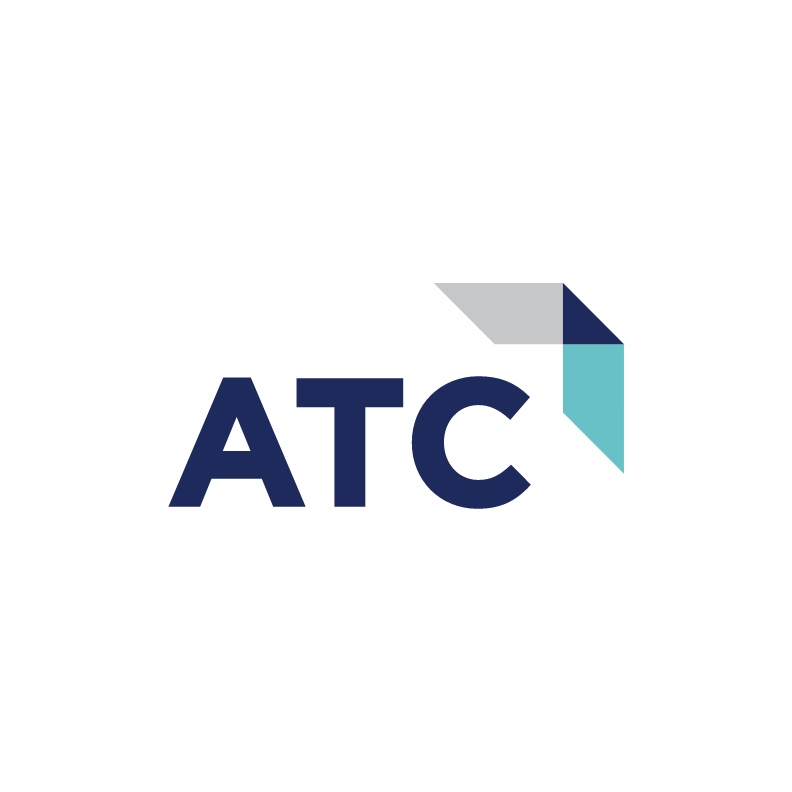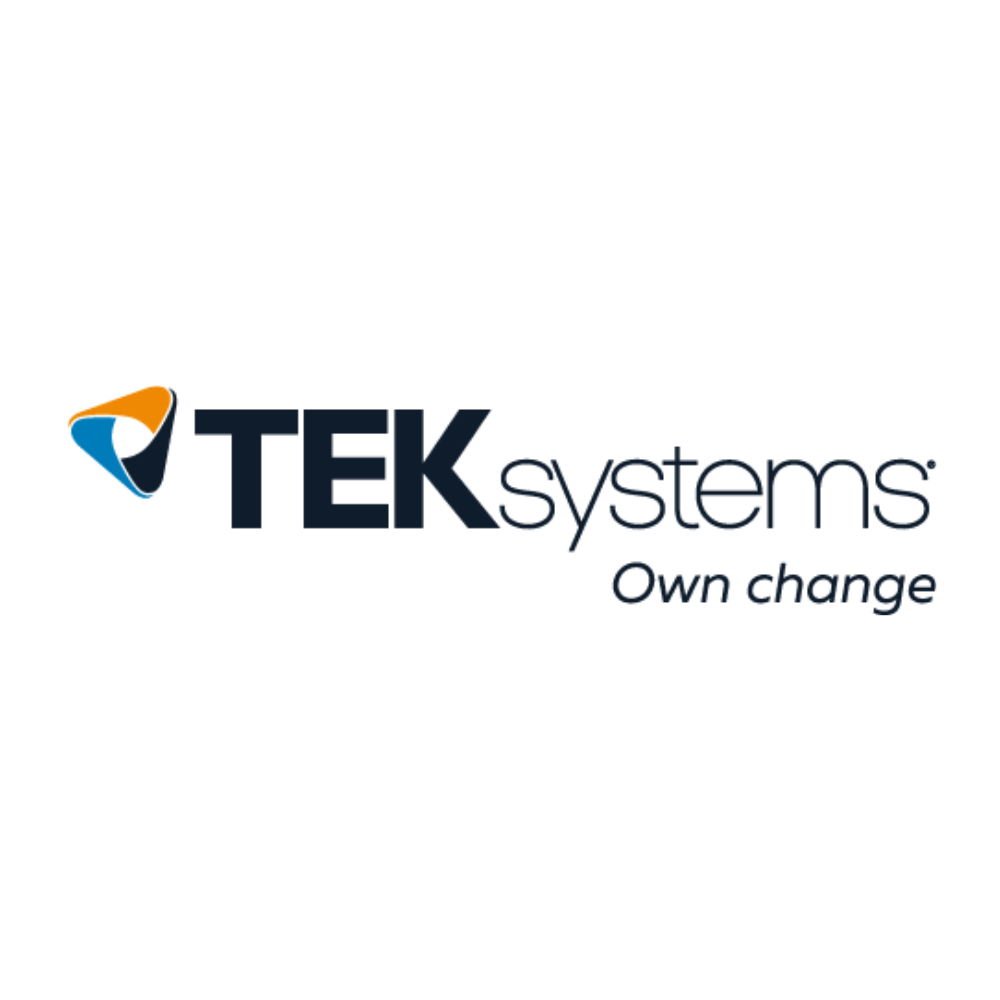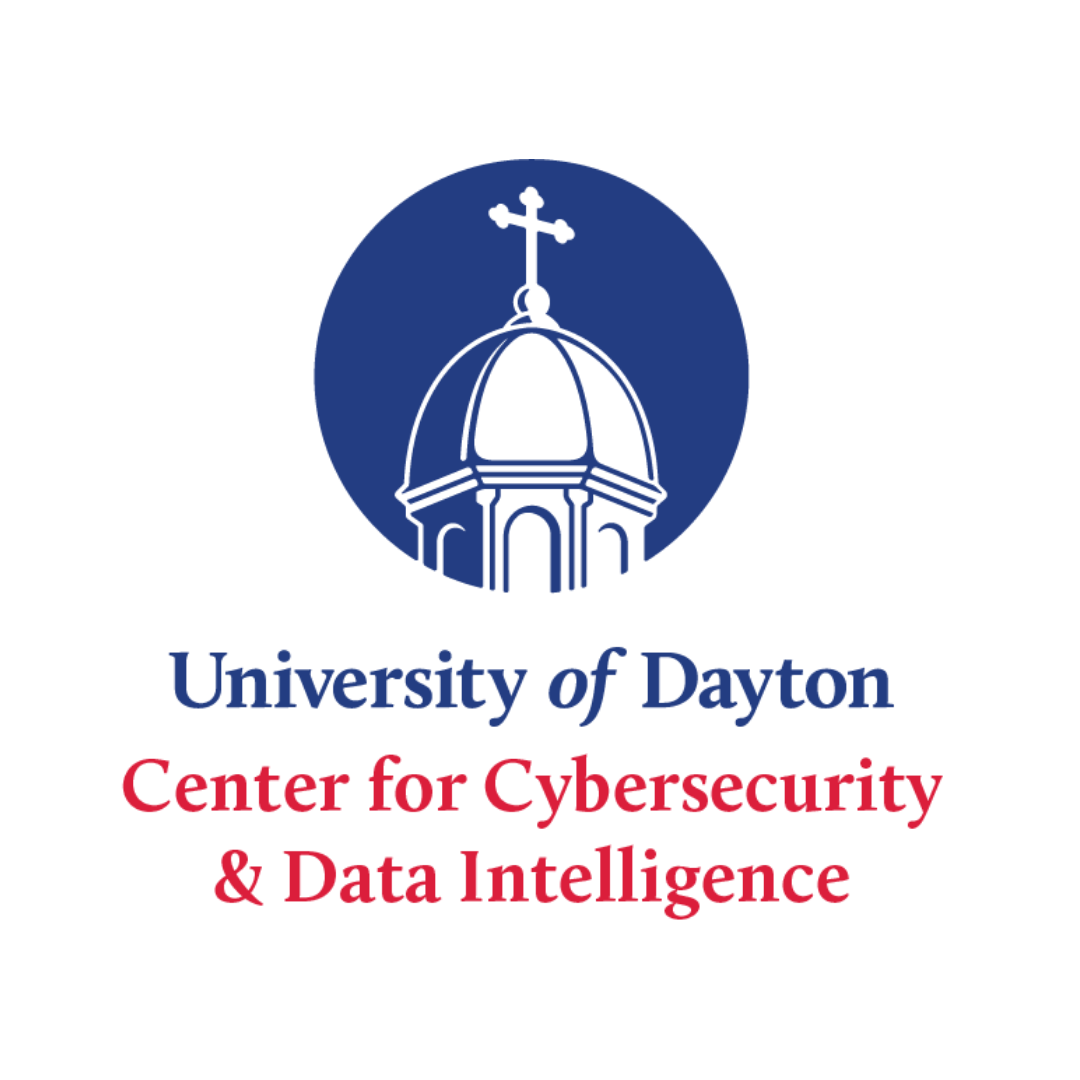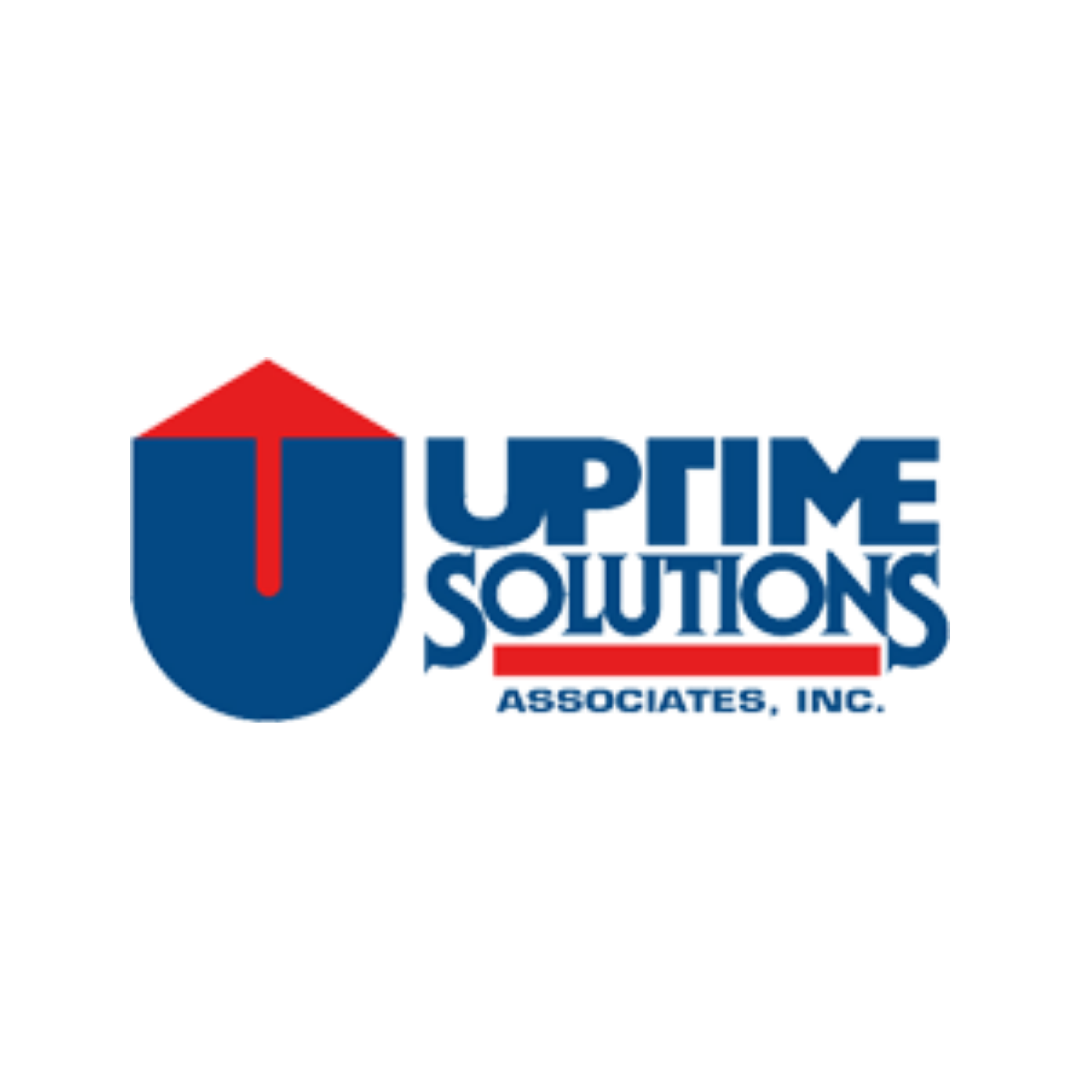
The Crisis We Are In
The pandemic changed a lot!! Trust and confidence in IT have increased as a result of the support the organization received from IT when the pandemic was at the most volatile stage. Expectations for IT are also higher now as a result. While worker productivity was proven to reach, or even surpass, pre-pandemic levels for IT performance, attitudes and expectations of IT staff have also shifted as a result.
The "great resignation" emerged - and continues to some extent. IT staffing functions (both recruiting and retention) are in a state of "crisis" - whether it involves bringing talent in through the front door or preventing them from wanting to leave. While many organizations have adjusted as a result of living through the pandemic, many more have not - with some that are even still waiting for the "right time" to move back to old practices.
The staffing crisis is acute enough to put business goals and objectives at serious risk. While seemingly not a glamorous technology "trending" topic, it continues to rank as one of the highest areas of impact to IT organizations as we move into 2024 - certainly one of the top three across the majority of the 30+ CIO clients I work with and advise. Many CIOs are battling against antiquated HR-related policy and an organizational culture that works to their disadvantage. My repeated advice to my clients is not to get caught in the "victim" mentality - but to do more to lead the changes that might be necessary.
Staffing (recruiting and retention) as a Core Competence
Staffing is a multi-dimensional function - encompassing attracting, hiring, and retaining resources. Too many IT leaders are focused almost exclusively on the hiring function and ignore what it takes to attract and to retain the talent they need.
At the same time, workers’ expectations have shifted - whether as a part of living through the pandemic or as a function of the shifting norms and nuances of different generations - work-life balance is higher on the list of important considerations than ever. The CIO needs to have a strong partner in the CHRO (and support from above) to tackle some of the foundational elements that can positively impact the CIO's staffing functions.
IT leaders also need to better understand what factors influence the Employee Value Proposition (EVP) of the candidates and employees who are making decisions every day whether to join, stay, or leave.
Sourcing IT Candidates
Traditional recruiting channels do not continue to deliver as in the past while direct recruiting of experienced workers is more competitive than ever before. College Internships as a way of "sourcing" inexperienced candidates continues to change - with candidates entering internship programs earlier in their college years and receiving offers from potential employers much earlier than before. It's not unusual to see internships attracting sophomores and freshmen while organizations try to lock in earlier on students with potential.
As a result, non-traditional sourcing channels are gaining attention and interest. IT Apprenticeship programs have been growing in popularity - targeting "2nd career" candidates in their 30's and 40's as a way of introducing them to more entry-level IT functions such as help desk, deskside support, security monitoring, testing, and even early data analytics.
Also, focusing more broadly across all employee demographic categories is important. More formalized Women in IT programs with specific attention is needed to address the unique needs and interests of women as that demographic continues to see less candidates entering college IT curriculums. Also, DEI programs are getting more attention to address areas of interest that will help in attracting and retaining talent.
Retention
The economics and benefits of focusing more on retention efforts are clear. It is easier, less expensive, and less risky to retain a skilled employee who is performing well than to find a new one. Especially given that much of the job-at-hand is unique to the organization regardless of the core functions that underly the position (and are considered "transferable" skills).
Understanding what factors drive retention is often a gap for many managers. Putting too much emphasis on compensation is a common problem.
Likewise, assuming that certain retention factors are the same across all workers is another problem. While trends may seem to emerge across certain demographic dimensions (age, gender, nationality, etc.) knowing your employees well is the best way to know what factors are important to each one.
Some popular targets in the area of staff retention include developing programs and adjusting policy to:
o Allow for flexible work arrangements (location as well as time of day) based on the position
o Accelerate opportunities and timelines for career advancement
o Expose employees to other technical (or functional) areas of interest that they aren't currently exposed to - and provide more opportunities for education that can be leveraged
o Strengthen performance measurement programs in order to more accurately reward high performers, improve marginal performers, and remove non-performers
o Reskill employees and business technologists to fill gaps created by the shift from legacy technologies to emerging ones
Bottom Line
The organization relies on the ability of the IT function, more than any other, to achieve its bottom line and to accomplish its goals and objectives - whether it's strategically transforming itself or operating in a business-as-usual mode of operations. IT leaders need to continually articulate the direct correlation between their ability to perform and "deliver" - and the business outcomes that their IT services are expected to enable or influence.
It should be a pretty straightforward value proposition when it comes to getting the attention (and at times the additional investment) needed to address the necessary changes or enhancement.
As IT leaders we need to take greater interest, control, and influence over something that is so impactful and influential to our success - and ultimately the success of the organization.
Paul Stoddard is an Executive Partner with Gartner’s Executive Programs. He works to provide expertise and guidance to his CIO clients as a trusted advisor to help them realize their strategic goals and achieve their business objectives. Paul brings 35+ years of a very broad IT background as both a technology consultant and former CIO at several large-scale firms.














.png)


